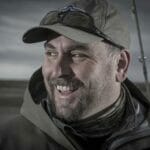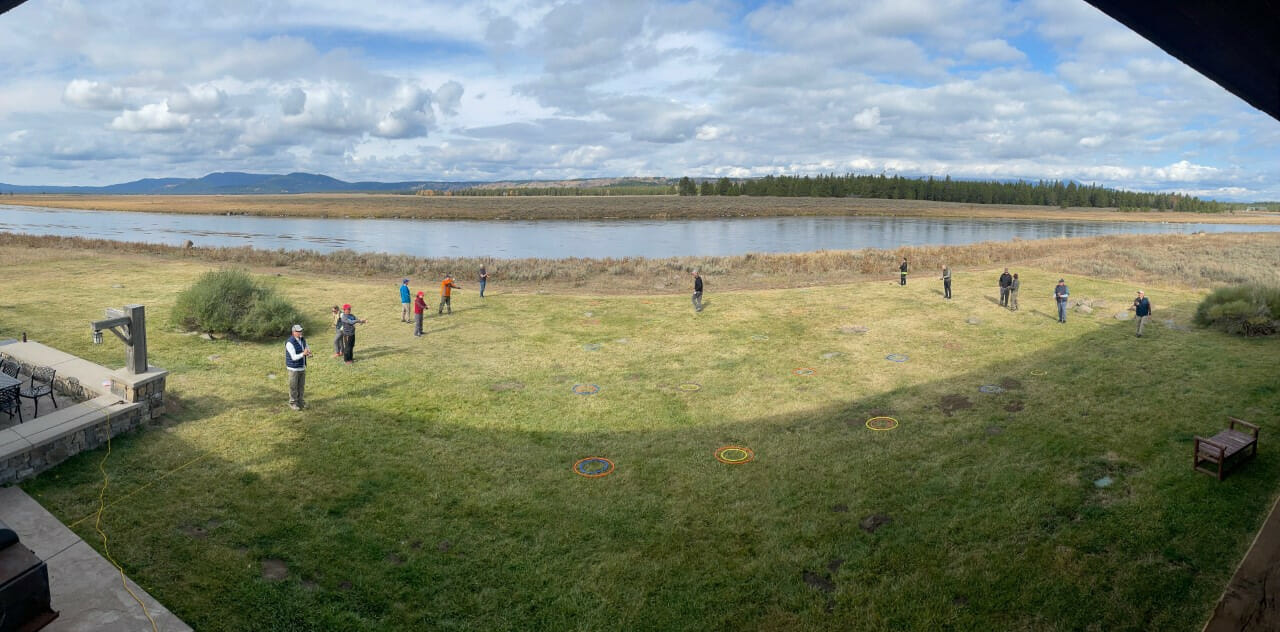I often say that there’s a difference between casters and anglers, and you don’t necessarily need a picture-perfect cast to enjoy yourself on the water. The reason I say that is because I don’t want people to feel intimidated.
Scientific Anglers did a survey years ago and learned that the two factors that keep people from diving into fly fishing are casting and knots—they fear both of those things are too complicated, so they sit out.
We’ve swung the other way to make the sport more accessible, however. A weighted nymph rig with a strike indicator was basically designed to allow someone with absolutely no fishing skill or experience to enjoy the instant gratification of going on a guide trip and pulling on fish. I’m not saying that’s good or bad… it is what it is.
But having spent last week teaching at the School of Trout on the Henry’s Fork in Idaho—it’s a wonderful experience and a highlight of my year—I was reminded that it’s OK to fail… it’s OK to climb a learning curve… and it’s OK to demand more of yourself. You cannot practice casting too much. You can’t learn too much about bugs, or reading water, or presenting your fly or any of those things.
I got schooled in the Railroad Ranch by some ultra-picky risers. But I learned, eventually caught one fish on a dry fly, and felt like I had the best day in ages.
There are people who catch fish, and then there are anglers. You cannot be the latter if you aren’t committed to the learning curve. And after years and years of trying to make things simpler and more accessible to the masses, I’m starting to appreciate a steep learning curve more and more.



